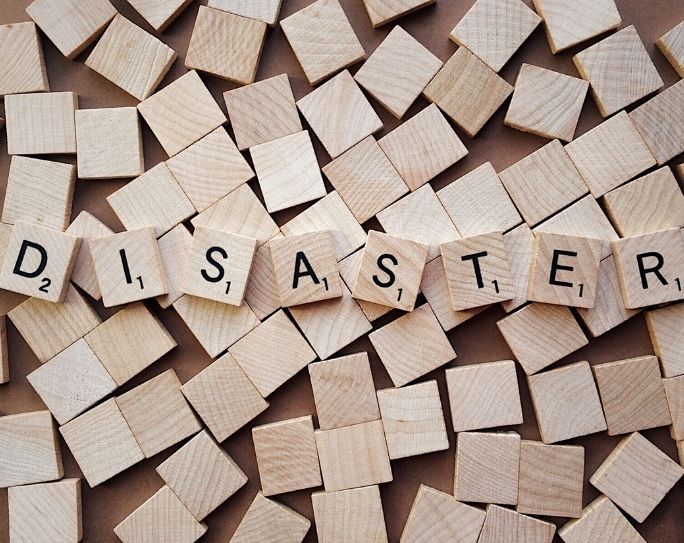3 tips for creating a disaster plan for your pet-sitting business

Videos and photos from Texas highlighted the devastation from widespread flooding in the state in 2017. Disaster can happen anywhere and at any time, and as a pet sitter, you should have a plan in place to guide how you will respond if a disaster strikes your service area.
This September is National Preparedness Month, and Ready.gov advises people: “Disasters Happen. Prepare Now. Learn How.”
At Pet Sitters International, we also want to make sure that PSI member pet sitters—and all pet sitters—are prepared and have disaster plans in place. If disaster strikes, pet owners will be relying on your expertise to help ensure the safety of their pets, and having a plan in place before a disaster occurs will save you valuable time.
Ultimately, you decide what you will and will not do for clients in an emergency situation, and you may not have time or resources to assist clients you are not actively sitting for. When drafting your pet-sitting company’s disaster plan, consider (and include) how you would respond to pending assignments as well as regular clients who may call you for service or help.
Here are three tips to keep in mind when creating a disaster plan for your pet-sitting business:
1. Find a safe place for pets to go. If you have to evacuate with your clients’ pets, you will need a place to stay. Most Red Cross disaster shelters cannot accept pets because of state health and safety regulations and other considerations. Research your local community resources to see which shelters may allow pets, or find pet-friendly hotel options on your evacuation route.
Consult with other professionals, such as veterinarians or animal shelters, or out-of-town family and friends to identify a safe place for pets in the event of a disaster. Your clients should also have lists of their family or friends who live outside the local community who would be willing to temporarily house and care for their pets. Have this information handy in case you need to evacuate on short notice.
2. Assemble a portable pet disaster supplies kit. Whether a disaster keeps you from home for days or weeks, you will need essential supplies for the pets in your care. Keep items such as food and water bowls; extra leashes, collars and harnesses; bottled water; and extra food for dogs, cats or other pets in a sturdy, waterproof storage container that you can carry easily.
Ask clients to provide a cage or crate for each house pet, along with a favorite blanket and/or toy, and make sure each crate is marked with contact information and the pet’s name. Also ask your clients to keep a waterproof, zip-lock bag containing items such as a recent photo of each animal with name and age written on the back; copies of important veterinary and vaccination records; written permission to get emergency veterinary treatment for the pets in the owners’ absence; and information about how the pets react to other pets, travel and stress, including whether they have favorite hiding places.
3. Identify a backup pet caretaker. Safe driving may not be possible, depending on the type of disaster, so you may not be able to access clients’ pets. Ask clients to identify alternate or backup caretakers, such as neighbors or family members, who can care for their pets if disaster strikes and unforeseen circumstances prevent you from visiting the home to rescue the pets. Make sure the selected individuals are aware of this disaster plan and can easily locate the pets and pet disaster supplies kits, which clients should also prepare and keep in the home.
Put this plan in writing, as you or an alternate caretaker may need to show proof of permission to access a home in the client’s absence.
Other things to keep in mind
FEMA’s website Ready.gov also advises pet owners to ID their pets, which would be of critical importance if you got separated from the pets. Make sure the pets’ tags are up-to-date and securely fastened to their collars. If possible, add the address and phone number of your evacuation site. You may also want to ask clients to consider microchipping their pets.
Those tips will also be helpful as you plan how to care for your own pets in the case of a disaster.
PSI has other resources to help you plan for disaster:
- Sign up for “Disaster Planning for Professional Pet Sitters,” an online certificate program that was designed by Pet Safety Crusader™ Denise Fleck with Pet Sitters International.
- Check out this previous post on The PSI Blog.
Once you complete a disaster plan, keep it on file, but also provide it to current and prospective clients. Having a plan in place will allow you to implement a detailed, practical plan of action if disaster strikes.







Comments
No comments.